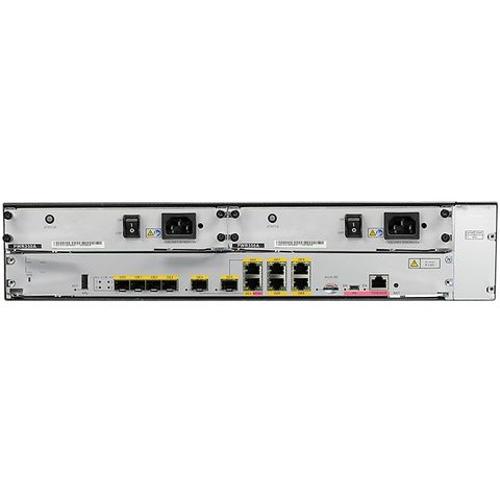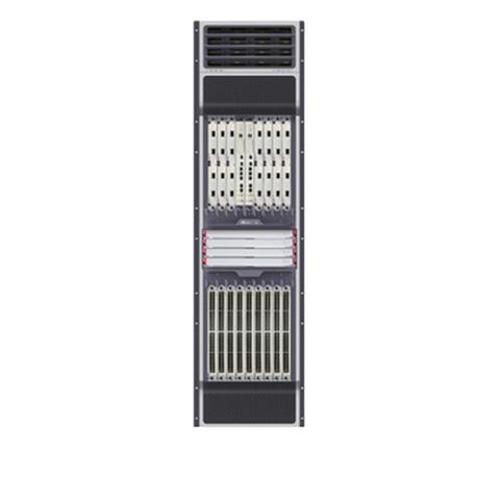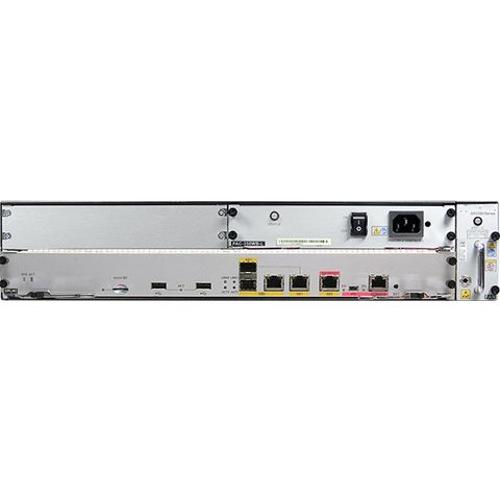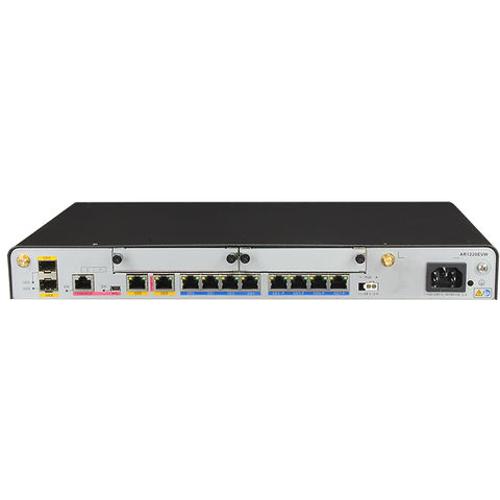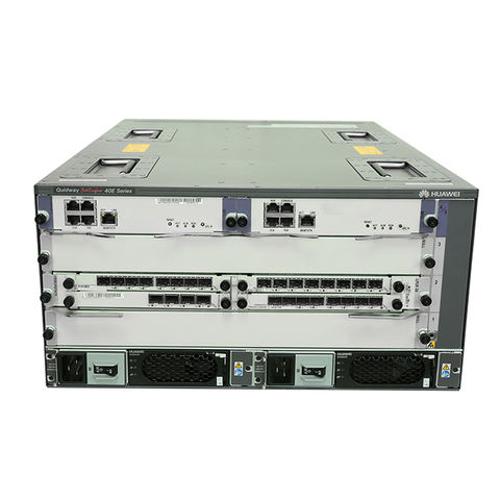Huawei ME60 series bras router ME60-X3
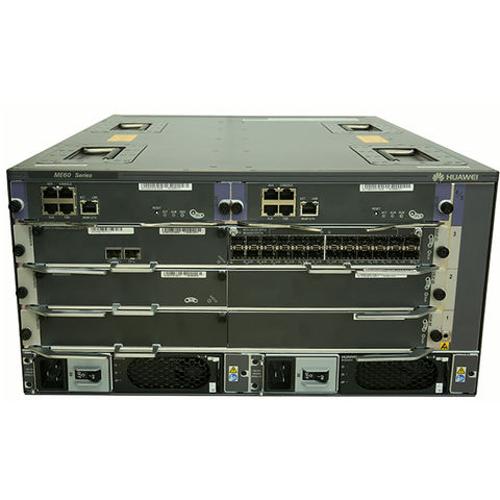
Short Description:
| Switching Capacity | |
| 25.2 Tbps /12.58 Tbps | |
| 12.58 Tbps /7.08Tbps | 1.08 Tbps |
| Slots | |
| 22 slots, including 2 MPUs, 4 SFUs and 16 LPUs | |
| 11 slots, including 2 SRUs, 1 SFUs and 8 LPUs | 5 slots, including 2 MPUs and 3 LPUs |
| Dimension (W×D×H) | |
| 442mm×650mm×1420mm (32U) | |
| 442mm×650mm× 620 mm (14U) | 442mm×650mm×175 mm (DC 4U) 442mm×650mm×220 mm (AC 5U) |
| Maximum power consumption | |
| 4610W(120G) 7970W(240G) | |
| 2340W(120G) 4100W(240G) | 1070W(AC) 920W(DC) |
| Weight in full configuration | |
| 246kg (120G) 279kg (240G) | |
| 119kg (120G) 136kg (240G) | 42kg (DC) 52kg (AC) |
| Interface type | OC-192c/STM-64c POS OC-48c/STM-16c POS OC-3c/STM-1c POS OC-12c/STM-4c ATM OC-3c/STM-1c ATM 100GE-WAN/LAN 10GE-WAN/LAN GE/FE E3/CT3 CE1/CT1 |
| BRAS | User access protocol:PPPoE, PPPoEoA, IPoE, IPoEoA, PPPoA 802.1X, and ND User authentication protocol:PAP, CHAP, MSCHAP, RADIUS and HWTACACS User accounting protocol:RADIUS, HWTACACS and COPS User authorization protocol:RADIUS, HWTACACS and COPS Policy protocol:COPS, COA |
| L2TP | Session number: up to 64K/per slot, up to 128K/per chassis Tunnel number: up to 16K/per slot, up to 16K/per chassis |
| IPv4 | Static routing protocol and dynamic routing protocols such as RIP, OSPF, IS-IS, and BGP-4. |
| IPv6 | Various technologies for transition from IPv4 to IPv6: Manual tunnel configurations, automatic tunnel configurations, IPv6-to-IPv4 (6-to-4) tunneling, Generic Routing Encapsulation (GRE) tunneling, and Intra-Site Automatic Tunnel Addressing Protocol (ISATAP) tunneling. IPv4 over IPv6 tunneling and IPv6 Provider Edge Router (6PE). IPv6 static routing protocol. IPv6 dynamic routing protocols such as RIP Next Generation (RIPng), OSPFv3, IS-ISv6, and BGP4+. IPv6 neighbor discovery and path Maximum Transmission Unit (PMTU) discovery. Transmission Control Protocol Version 6 (TCP6), ping IPv6, traceroute IPv6, socket IPv6, static IPv6 Domain Name System (DNS), specifying the IPv6 DNS server, Trivial File Transfer Protocol (TFTP) IPv6 client, and IPv6 policy-based routing. Internet Control Message Protocol Version 6 (ICMPv6) Management Information Base (MIB), User Datagram Protocol Version 6 (UDP6) MIB, TCP6 MIB, and IPv6 MIB. |
| MPLS/MPLS VPN | LDP over TE, VPLS, H-VPLS, policy-based routing in VPN. MPLS L2VPNs in either Martini or Kompella mode. VLL/VPLS access L3VPNs. QinQ, MPLS/BGP L3VPN, and inter-AS VPN Option A/B/C. Asynchronous Transfer Mode (ATM) E1, Inverse Multiplexing over ATM (IMA), and Time-Division Multiplexing (TDM) PWE3. MPLS-TP |
| Layer 2 feature | IEEE802.1q, IEEE802.1p, IEEE 802.3ad, and IEEE 802.1ab. Spanning Tree Protocol (STP), Rapid Spanning Tree Protocol (RSTP), Multiple Spanning Tree Protocol (MSTP), RRPP, DHCP+, VLAN switching, and user binding. |
| QoS | Weighted Random Early Detection (WRED), DS-TE capability with a maximum of eight CTs, five-level H-QoS scheduling, VLL/PWE3 QoS, and MPLS H-QoS. The last mile QoS. Multicast replication of IPoE access users |
| Security | ACL filtering, URPF, GTSM, DHCP Snooping, Anti-ARP attack,anti-DOS attack MAC address limitation, bonding between MAC and IP SSH, SSH v2 |
| iVSE | Fast channel change (FCC) and Retransmission (RET) of BTV programs on L3/L3VPN networks Video Quality of Experience (VQE), including Media Delivery Index (MDI) and V-MOS 2.0 Distributed quality monitoring of BTV and VOD programs on L3/L3VPN/L2VPN networks Integrated quality monitoring of BTV and VOD programs on L3 networks Interconnection with other Huawei devices in providing IPTV services Simple Object Access Protocol (SOAP) Entitlement Control Message Protocol (ECMP) Dynamic Inspection Protocol (DIP) Processing FCC requests scheduled by the Request Routing Server (RRS) Selective transmission of video data through FCC |
| CGN | NAT444, NAT64 Distributed deployment or integrated deployment Re-allocation or dynamic allocation of ports VPN NAT NAT ALG (FTP/ICMP/PPTP/RTSP/SIP) Port forwarding NAT server Web user’s authentication DS-Lite L2-Aware NAT |
xxxxxxx.
